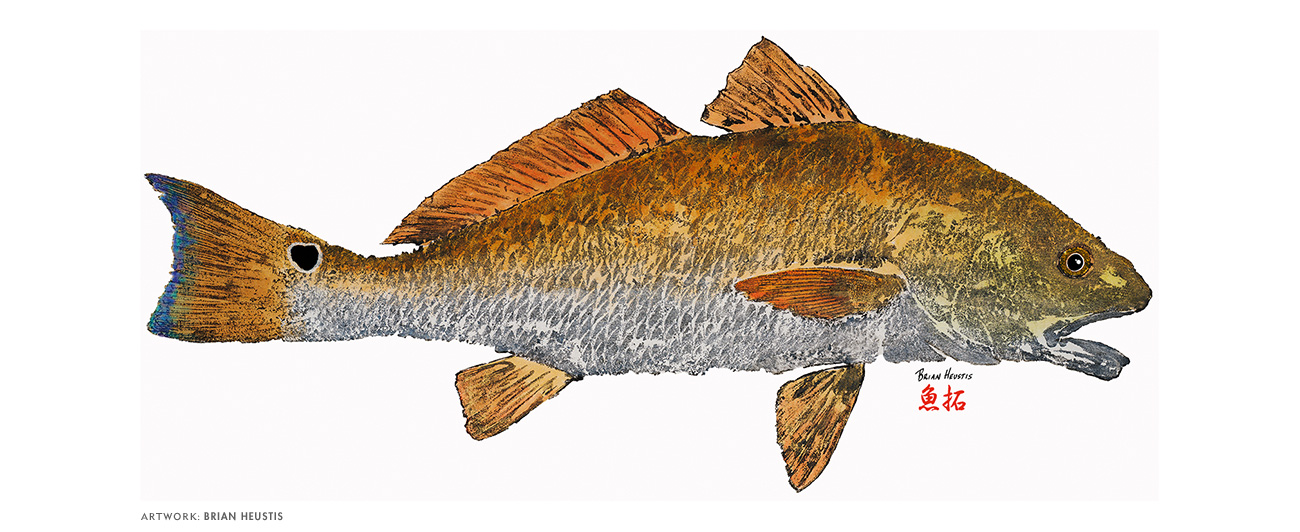Culture
GYOTAKU
Ink, Paper, Fish: The Art of Gyotaku in the United States
In his fingers Dwight Hwang feels every scale, every fin and every contour of the dead koi lying on the table in front of him. Sooty ink penetrates the tissue-thin paper he presses against the fish’s body. He knows from experience how much pressure to apply and from feel when it’s time to remove the paper. He slowly peels it back to reveal the koi’s every detail, a vivid, intricate impression in black pigment.
One of the most well-respected gyotaku artists in the world, Hwang began dabbling in the art form during his years spent living in Japan, working as a storyboard artist for an animation studio. Gyotaku, which translates in Japanese to “fish rubbing” or “fish impression,” dates back to the mid-1800s as a way of memorializing and celebrating fish caught by anglers.
“It’s a way to record, to document a special fish,” Hwang says of the appeal of gyotaku, which he now practices from his home in Mission Viejo, CA. “When my 3-year-old caught his first bluegill, it was meaningful for us, so we printed it. It wasn’t a trophy bluegill or anything, but it was his first fish ever. And now it’s become not just a way of recording a fish, but a way to express emotions and motion. It’s an expressive art that I’ve come to love.”…
Subscribe to start your collection of the world’s best flyfishing publication
